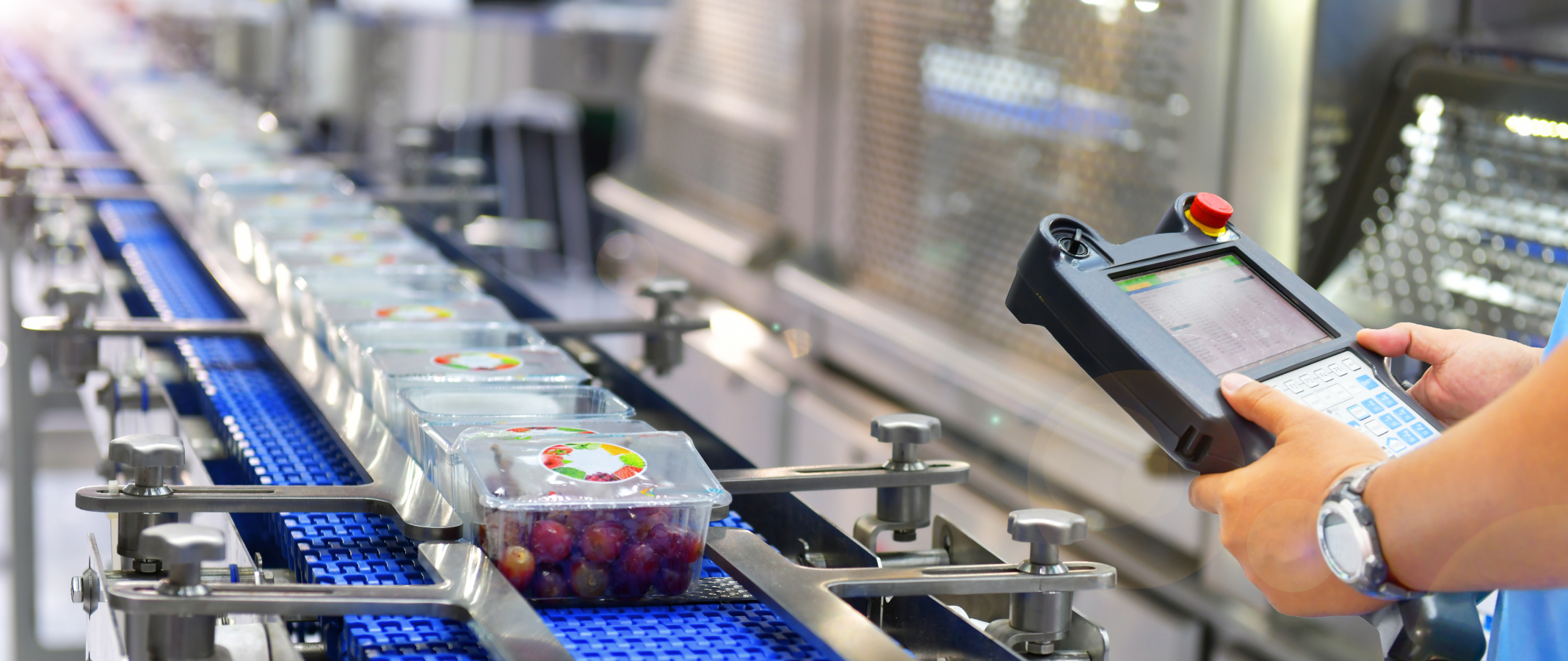Your packaging

Packaging comes in all kinds, sizes, forms and colours.
Plastic packaging: is your packaging ready for the future?
Packaging comes in all kinds, sizes, forms and colours. Some plastic packaging is better recyclable then others. A clever designed plastic packaging is made to recycle well after usage. That's good for the environment, but also financially and it helps to abide with the (coming) laws and regulations. This is the right moment to ask yourself "is my packaging ready for the future?".
The Single Use Plastic (SUP) Directive
Change in application of the definition of ‘producer or importer’
With effect from 1 January 2023, the definition of ‘producer or importer’ for the Packaging Waste Management Contribution will change, on the insistence of the Ministry of Infrastructure and Water Management. This change ensures that the definition comes into line with the definition in law. The revision has an impact on the declaration you provide and thus the Packaging Waste Management Contribution to be paid by you if:
- As contractor or client (brand proprietor) you are involved in the manufacture of a product of which the trade mark does not belong to the manufacturer, for example store brand or own private label;
- You produce/import Point of Sale Packaging or add this to the sold product at the time of sale to a consumer.
File a declaration about your packaging
We use threshold values for filing declarations:
There is no threshold for SUP packaging and deposit packaging.
A threshold of 50,000 kg applies to other taxable packaging.
Please note: logistics resources do not count towards determining the threshold weight.
If you meet the threshold value, you are required to file a declaration and in most cases, you will pay the Packaging Waste Management Fee. Sometimes situations are more complex, our Verpakkingenadministratie document can help you. Note: The document is in Dutch.
We use this waste management fee to pay for the collection and recycling of packaging. Every year, we also report the recycling results achieved to the government.
What constitutes packaging?
Often it is obvious what constitutes packaging or not but sometimes this is not so clear-cut.
We apply the legal definition. This is a definition which in principle covers all products which can be used for enclosing, protecting, shipping, delivering or supplying other products.
Note: packaging only constitutes packaging if used as such. If you are an importer or producer of boxes, for example, these will only count if something is placed inside. Until such time, they constitute end products.
Special packaging
Composite packaging (laminates)
This is packaging comprising several types of material which cannot be separated. In the case of composite packaging, you pay the Packaging Waste Management Fee for the different categories of material which together make up the composite packaging item. You state these categories of materials separately on your declaration.
Beverage cartons
On 1 July, 2023, the legal definition for beverage cartons changed. According to the amended legislation, beverage cartons are defined as: "packaging suitable for the packaging of liquid foodstuffs, excluding drinking cups, of which paper and/or cardboard is the main component". Read more about the application of the definition of beverage cartons here.
For monitoring purposes, it is important that we know the composition of beverage cartons. Therefore, when submitting your declaration, you need to enter the weight per material type from which the beverage cartons are made. Note! The new definition applies to the declaration for the entire calendar year 2023.
Logistics resources
Logistic resources are defined in the exhaustive list (which cannot be expanded) that you can download below. Logistic resources must be included in the declaration if they are used once*. There is no levy attached to them, only a declaration of obligation. These kilograms do not count when determining your threshold weight.
*
One-off logistic resources: This means that the logistic resources do not make a loop, meaning that they are used again for the same purpose in the chain. You must always buy new ones to add, or you discard them when unpacking. If you reuse a logistic resource yourself, this does not necessarily mean that there is a loop. So you unpack incoming goods and use the one-off pallet to send goods yourself in the Netherlands. The pallet does not return. This is a one-off pallet that only needs to be declared if it has not already been declared earlier in the chain.
Reusable logistic resources: The logistic resource is part of a loop, meaning that it is used again for the same purpose in the chain. Think of pool pallets/euro pallets.
If a package does NOT qualify as a logistic resource but is reusable, then it is a reusable package. Additional rules and a separate (lower) rate apply to this.
Making your packaging more sustainable
The most sustainable packaging is, of course, no packaging at all but often packaging is required in order to protect products against spoiling and damage. You can opt for sustainable packaging which is small, lightweight and readily recyclable. Not only is this good for the environment but potentially also for ‘your wallet’. We encourage readily recyclable plastic packaging by means of financial incentives, i.e., fee modulation. How can you make your packaging more sustainable? Our Netherlands Institute for Sustainable Packaging (KIDV) will be happy to provide further assistance. Amongst other things, they provide advice and concrete guidelines about how to make your packaging more sustainable and more recyclable.
Essential requirements
Essential requirements have been in force since 1997. These are requirements imposed on packaging to make the packaging chain more sustainable. For example: limitation of the weight and volume of the packaging to the minimum amount necessary to maintain the required level of safety, hygiene and acceptability for the consumer.
Responsibility regarding compliance with the essential requirements lies with the producer or importer and this is referred to as individual producer responsibility. New and more stringent essential requirements are emerging. Read more about this here.
Does your packaging meet the essential requirements? You can verify this by means of the Checklist of essential requirements. Need any more detailed information? See the KIDV website.

Recycling logos
You can help the consumer to separate waste more conveniently. How? By placing the right logos on your packaging. You can use the throw-away indicator which contains a wide selection of logos. Download the logos directly? Look here.
The Green Dot symbol
The use of this internationally recognised symbol is discouraged in the Netherlands. Read all about the why and how here.